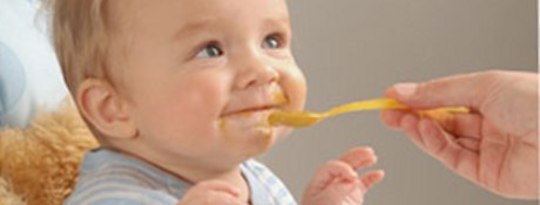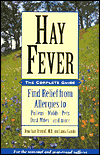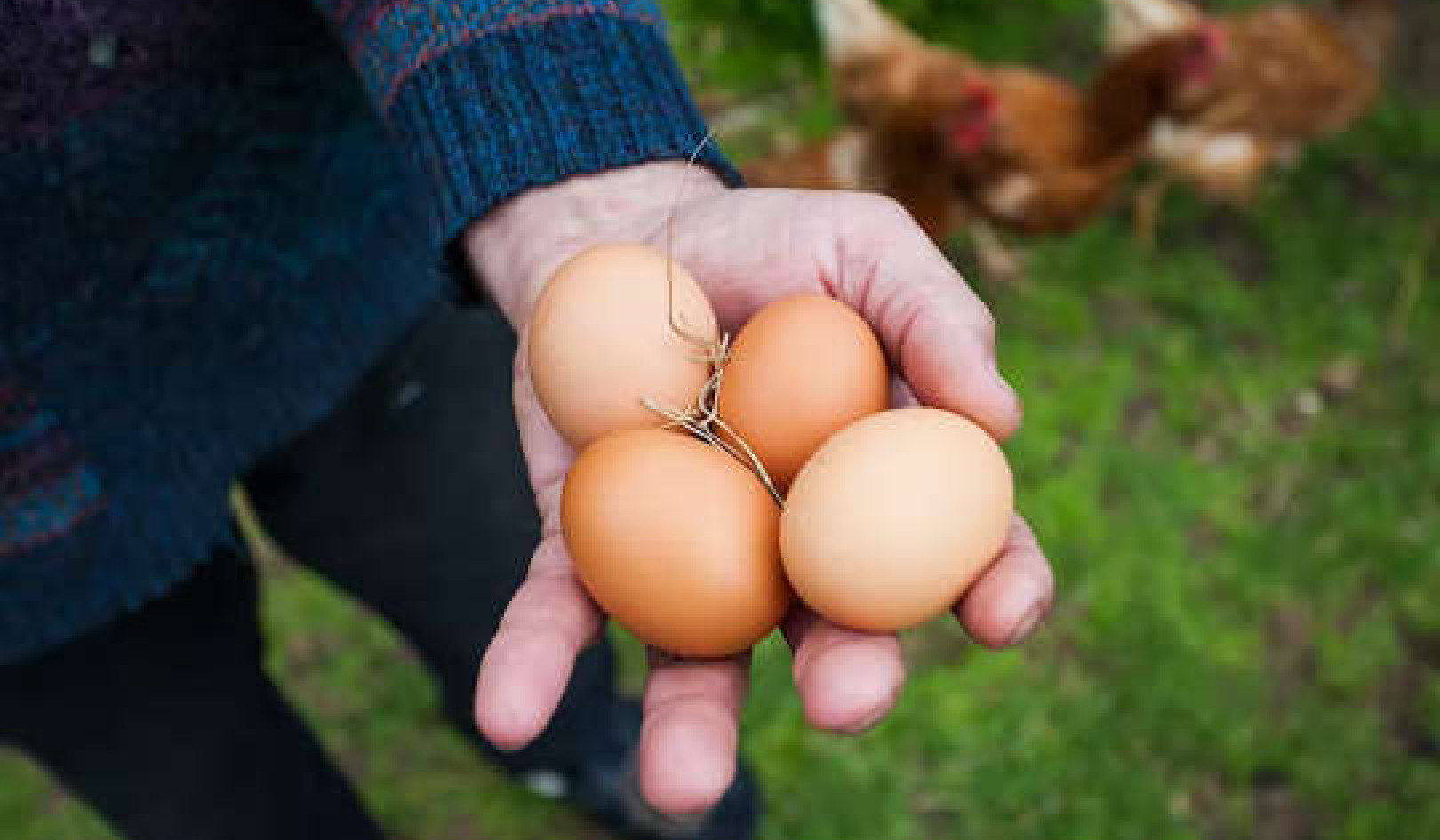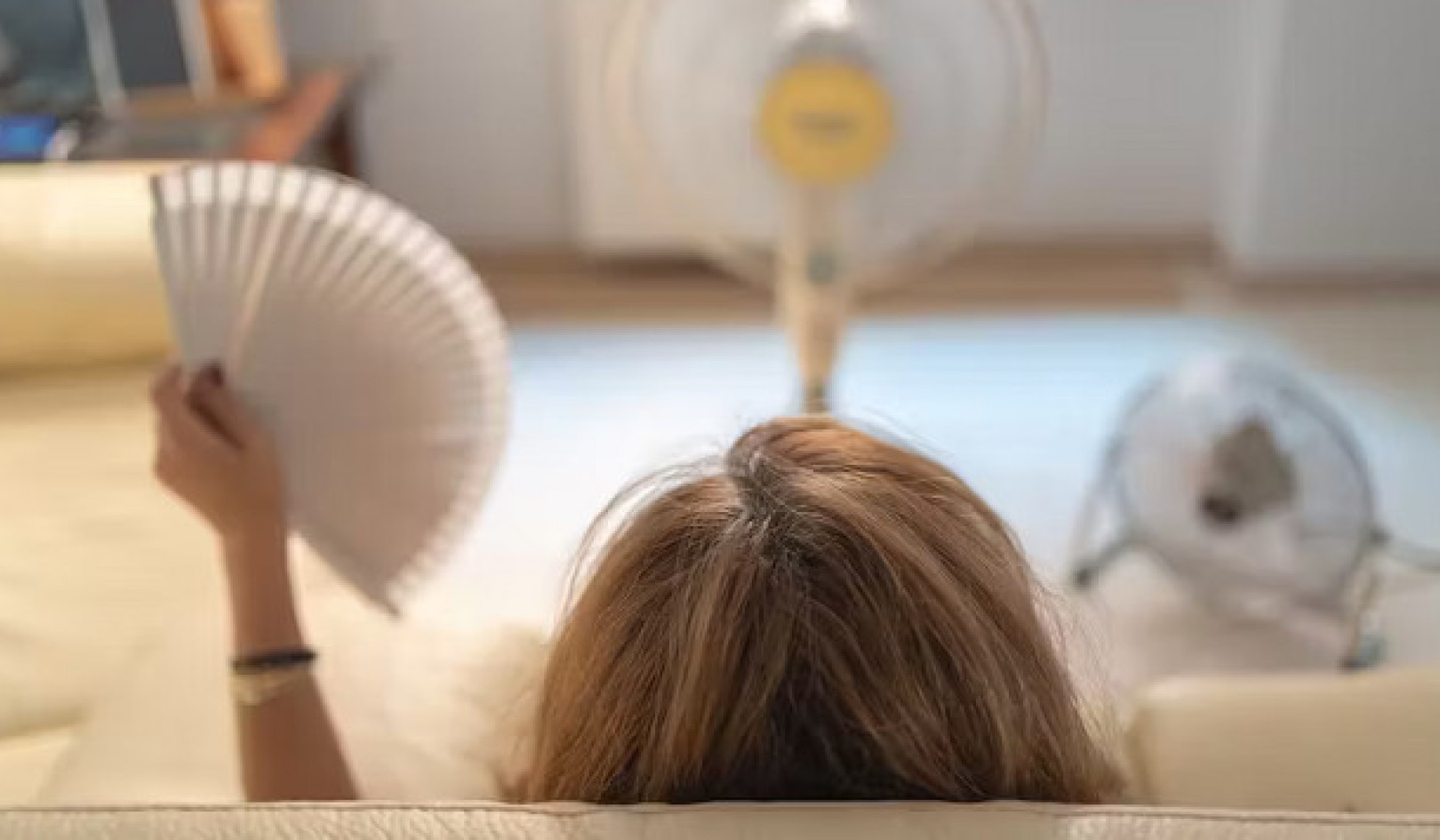
If breast-feeding is not possible, for whatever reason, you should not feel guilty about the situation. Fortunately, there are alternatives that carry less risk of allergy than standard infant formulas. These are formula mixtures known as hydrolysates and are available with a prescription. They are made from either cow's milk or soy protein that has been treated to break up the allergens. When broken up into smaller pieces, the proteins are far less allergenic. Consequently, these hydrolysates are far safer than ordinary cow's milk formulas, although a tiny minority of children do react to them. Note that soy hydrolysates are not the same as standard soy formulas, where the soy allergens have not been broken up: children can become sensitized to these intact soy allergens in time.
If you have established successful breast-feeding, continue it for as long as you can, preferably for six months, although continuing for four or five months is also valuable. Do not give any solids until the baby is at least four months old. Should the baby seem to need extra food, a hydrolysate formula can be used. Learning to express and store breast milk will give you some much needed freedom during this time; breast-feeding advice groups can help with this.
When you do introduce solid foods, do so gradually, so that breast milk still supplies most of the child's needs. If some breast-feeding can be continued until the child is a year old, so much the better.
Introducing New Foods with Low Allergenic Potential
 When it comes to introducing new foods, those with low allergenic potential should be given at first, and the foods that most often produce allergic reactions withheld for a time. The main problem foods are eggs, milk (including all milk products such as butter, yogurt, cheese, and cottage cheese), fish, peanuts, wheat, rye, barley, nuts, soy (including all soy products such as tofu and soy milk), citrus fruits, and chocolate.
When it comes to introducing new foods, those with low allergenic potential should be given at first, and the foods that most often produce allergic reactions withheld for a time. The main problem foods are eggs, milk (including all milk products such as butter, yogurt, cheese, and cottage cheese), fish, peanuts, wheat, rye, barley, nuts, soy (including all soy products such as tofu and soy milk), citrus fruits, and chocolate.
Delay the introduction of eggs until the child is close to one year, and do not offer foods that contain peanut until age three. Delay introducing the baby to the rest of these foods until at least nine months old, and then introduce them slowly, one per week. If there are any reactions to the foods, or if the child shows an intense dislike for them, take them off the menu again.
What Mom Eats Also Affects Colic and Increases Allergy Potential of Baby
Another measure that can have some benefit in reducing allergies is for a breast-feeding mother to avoid certain foods herself, especially those containing the most powerful allergens. Small amounts of food allergen do pass unchanged from the mother's stomach into her breast milk, and these can sensitize some children who are prone to allergy. The foods to avoid are milk and all milk products, eggs, fish, and peanuts.
Restricting your diet in this way while breast-feeding and caring for a baby can prove too much of a burden, but try it for a while and see if you can cope. To get the maximum benefit, you should continue avoiding these foods until the child is eating them as solids. If you cannot manage this, simply avoiding the foods for a month or two may be helpful. Always check pack-aged food to see that it does not contain milk or eggs. Calcium tablets can be prescribed to make up for the lack of calcium in a milk-free diet.
A breast-fed baby who develops colic may be reacting to traces of food allergens in his or her mother's milk. If you are breast-feeding but not restricting your diet and the baby becomes colicky, try cutting out milk, eggs, fish, and peanuts for a week. This will often cure the colic. If there is no improvement, eliminate soy, chocolate, all nuts, wheat, and citrus fruits as well.
Other Things to Do to Minimize Allergies
The measures for reducing dampness and combating dust mites should continue for the first year of the baby's life, and longer if possible. When soft toys are bought, make sure that they are ones that can he laundered easily.
For as long as possible, keep the baby away from areas of high traffic pollution when outdoors.
Finally, and perhaps most important, ease up on hygiene. Encourage your child to play outdoors, and give him or her plenty of contact with other children and animals from an early age. Don't worry too much about unwashed hands. It is difficult, and goes against the grain for most of us, but the overwhelming evidence from scientific studies now is that a bit of dirt is just what the young immune system needs. There may he the occasional tummy ache as a result, but that is a small price to pay for an allergy-free life.
Reprinted with permission of the publisher, Healing Arts Press.
©1993,2002 www.InnerTraditions.com
This article was excerpted with permission from the book:
Hay Fever: The Complete Guide: Find Relief from Allergies to Pollens, Molds, Pets, Dust Mites, and more,
by Dr. Jonathon Brostoff & Linda Gamlin.

The authors explore all the issues of respiratory allergies, including the links between asthma and hay fever and the related issue of preventing allergies in children. They also discuss the role of food allergies and allergens and review the common myths surrounding them. The most effective treatments, both drug-based and homeopathic, are analyzed and weighed against one another. Helpful Appendices offer a summary of the causes, symptoms, and possible treatments for hay fever as well as various sources for further information.
About the Authors
Jonathan Brostoff, M.D., is Professor Emeritus of Allergy and Environmental Health at King's College in London and an internationally recognized authority on allergies.
Linda Gamlin was trained as a biochemist and worked in research for several years before turning to scientific writing. She specializes in writing about allergic diseases, the effects of diet and the environment on health, and psychosomatic medicine. Together they have coauthored Food Allergies and Food Intolerance and Asthma.

























